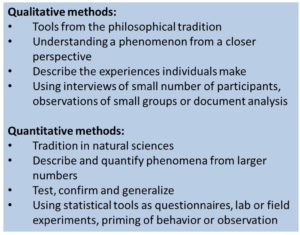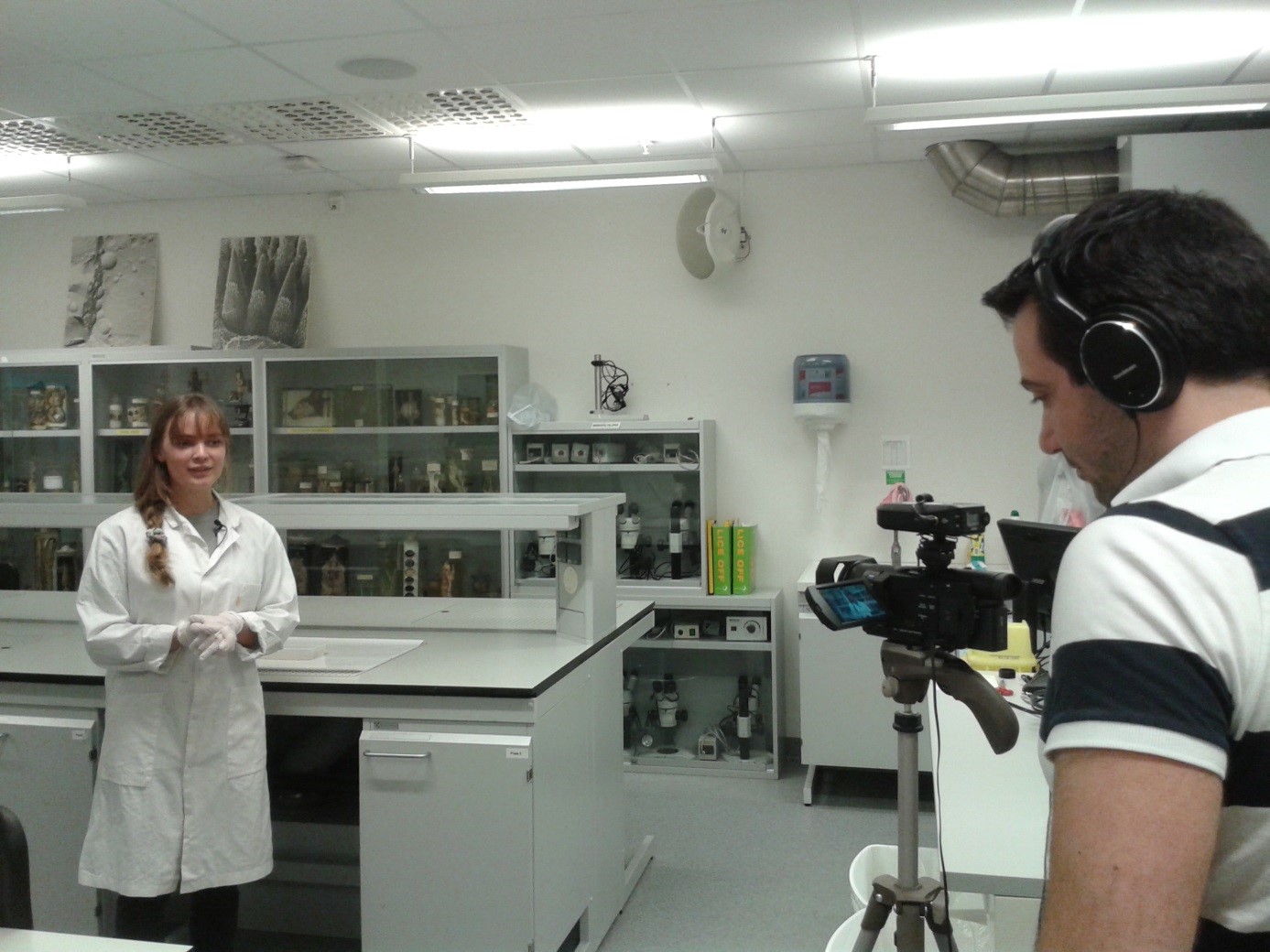Which methods to use in educational research?
 On the April 7th, 2017, bioCEED held a research group meeting where we discussed the value, benefits, and disadvantages of using quantitative methods in educational research. There has for a long time existed a debate in the field of educational research about which research methods yield the most correct results for investigating learning, teaching, and the educational system. The debate was highly polarized during the 1970s, which in pedagogy led to the so-called paradigm shift in research methodology – from quantitative methods to qualitative methods. Today, however, both methods are used within educational research though the questions and debate of what methods to use is still running strong.
On the April 7th, 2017, bioCEED held a research group meeting where we discussed the value, benefits, and disadvantages of using quantitative methods in educational research. There has for a long time existed a debate in the field of educational research about which research methods yield the most correct results for investigating learning, teaching, and the educational system. The debate was highly polarized during the 1970s, which in pedagogy led to the so-called paradigm shift in research methodology – from quantitative methods to qualitative methods. Today, however, both methods are used within educational research though the questions and debate of what methods to use is still running strong.
While in biology it is not possible to interview a plant, the approach to find the “truth” with humans is more complex.
The distance between the two methodologies is largely due to the way in which one answers to the two following questions; 1) “What is the nature of reality”, and 2) “What can be known”. To answer these questions it depends on the theoretical perspectives. In quantitative research, the researchers have to some extent embraced the idea that quantitative methods can be used to gather some form of truth. This truth, in turn, can be generalized to inform policy makers and effective educational practices. Some of the disadvantages in quantitative methods, however, is the two-edge problem of high internal validity and high external validity. That is, if you want to infer cause and effect, you have to control for a lot of variables, and thus run the risk of lowering the ability to generalize the results to other contexts and students. Although this is a problem for all researchers, it is especially prevalent for quantitative researchers.
Despite the general consensus today that research questions should always govern which method to use, there is still disagreement about what information the results of the different methods provide. That is, in questions about how we best should teach our student, should we rely on the results of correlation between two variables, or an interview of six participants?
Lucas Matias Jeno



